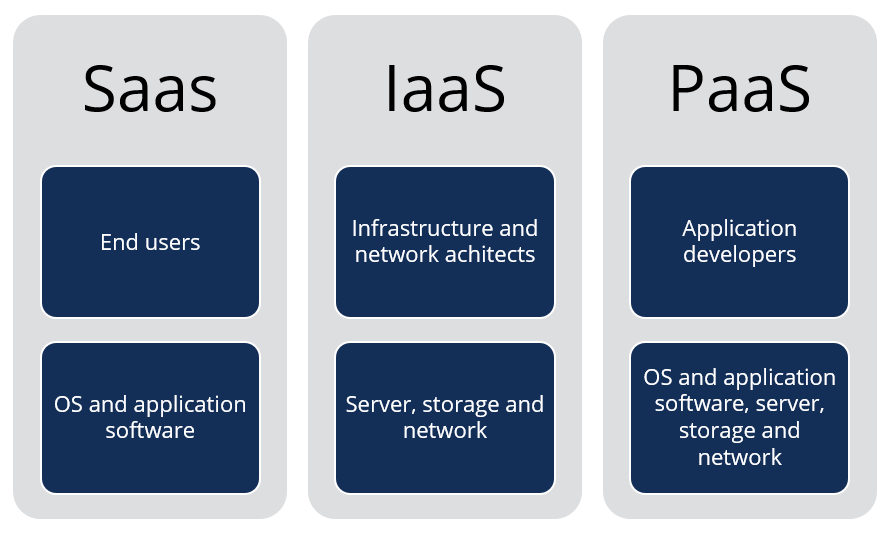LinkDaddy Cloud Services: Cutting-Edge Solutions for Your Organization Requirements
LinkDaddy Cloud Services: Cutting-Edge Solutions for Your Organization Requirements
Blog Article
Achieve Seamless Scalability With Cloud Solutions
In the ever-evolving landscape of cloud services, accomplishing seamless scalability stands as a cornerstone for modern-day businesses looking for to remain versatile and affordable. The capability to effortlessly broaden or acquire resources in feedback to altering needs is an essential advantage in today's busy digital setting. By grasping the art of scalable cloud solutions, organizations can not just maximize efficiency and simplify procedures however also lead the method for future growth and development. The quest for smooth scalability with cloud services reveals a globe of possibilities for those eager to accept the transformative power of vibrant resource administration.
Benefits of Cloud Scalability
Cloud scalability provides companies the flexibility to dynamically readjust sources based on demand, guaranteeing optimum performance and expense performance. In addition, cloud scalability advertises technology and testing by allowing companies to conveniently evaluate new concepts and range them as required. Inevitably, the benefits of cloud scalability extend past expense financial savings to incorporate improved efficiency, agility, and advancement.
Secret Functions for Scaling
Effective scaling in cloud solutions depends on crucial functions that allow organizations to adjust resources dynamically based on need. One more key feature is scalability, making it possible for systems to take care of raised work by including resources perfectly. Overall, these key attributes jointly encourage companies to accomplish seamless scalability in cloud solutions.
Implementing Auto-Scaling Approaches
To properly enhance resource allocation and adjust to differing workloads, companies need to tactically implement auto-scaling approaches in their cloud solutions facilities. Auto-scaling allows systems to instantly change the number of calculate resources based upon real-time demand. There are various auto-scaling approaches that companies can employ, such as anticipating scaling, which utilizes historic data to forecast future source needs, and responsive scaling, which replies to existing workload adjustments.

Ideal Practices for Scalability
For organizations aiming to improve their scalability in cloud solutions, applying finest practices is critical for ideal performance and source administration. One key finest practice is making applications with a microservices design. This approach breaks down applications right into smaller, independent solutions that can be deployed, upgraded, and scaled individually, enabling greater adaptability and scalability.
One more important technique is using containerization modern technology, such as Docker or Kubernetes. Containers allow the packaging of applications and their reliances right into isolated systems, making it easier to scale parts independently and release them continually throughout various atmospheres.
Additionally, applying automated deployment and framework as code (IaC) can improve scalability initiatives (linkdaddy cloud services). Automation devices like Terraform or Ansible help in provisioning and handling sources efficiently, minimizing manual errors and making it possible for rapid scalability
Furthermore, keeping track of efficiency metrics, establishing alerts, and carrying out routine ability planning are vital techniques to ensure positive scalability administration. By sticking to these ideal practices, companies can attain smooth scalability in their cloud services while optimizing performance you can find out more and resource usage.
Monitoring Performance Metrics
When assessing the effectiveness of cloud services scalability, closely monitoring efficiency metrics is imperative for guaranteeing optimal functionality and resource appropriation. By continually tracking key efficiency indications (KPIs) such as feedback times, throughput, latency, and resource usage, organizations can gain beneficial understandings into the health and efficiency of their cloud framework. Checking efficiency metrics enables for the very early discovery of possible bottlenecks or concerns that can affect scalability, allowing proactive steps to be taken to address them before they escalate.

Final Thought
Finally, accomplishing seamless scalability with cloud solutions is crucial for companies to enhance performance, boost technology, and preserve high performance degrees throughout peak times. By leveraging the benefits of cloud scalability, applying auto-scaling methods, using vital attributes such as flexibility and automation, and adhering to finest practices like application layout and efficiency monitoring, organizations can effectively scale their systems while making best use of source usage and efficiency.
The mission for smooth scalability special info with cloud services introduces a world of opportunities for those prepared to welcome the transformative power of dynamic source administration.
Cloud scalability supplies organizations the versatility to dynamically adjust sources based on need, making sure optimal efficiency and price effectiveness. An additional essential attribute is scalability, enabling systems to manage increased workload by adding sources perfectly.For companies intending to i was reading this improve their scalability in cloud solutions, implementing finest techniques is essential for ideal efficiency and resource administration.When analyzing the effectiveness of cloud solutions scalability, very closely keeping track of efficiency metrics is essential for making sure optimum functionality and resource allowance.
Report this page